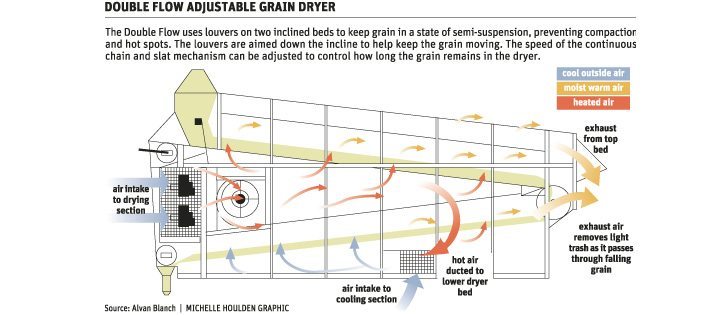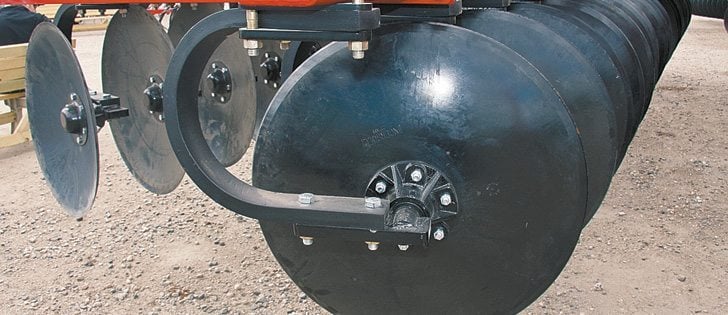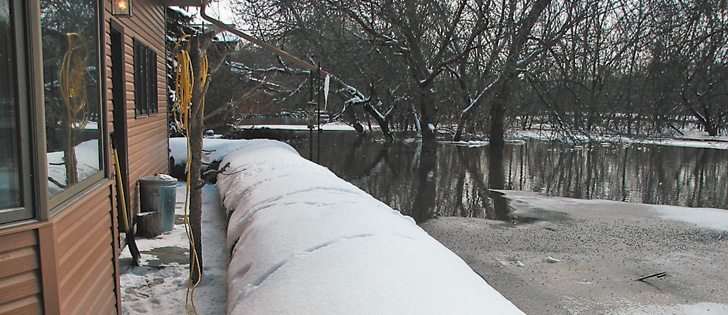The Mosaic Nutrient Removal program that many farmers use to determine fertilizer requirements is now available as a free app for smart phones.
The software, based on hundreds of thousands of soil samples, tells a farmer how many units of each nutrient are extracted from the soil for each unit of crop removed from the field, said Kyle Freeman, manager of new product development at Mosaic.
Fertility specialists had been developing nutrient removal formulas using conventional paper charts long before they had access to modern computer technology.
Read Also

Gene editing digs deeper space in Canadian plant breeding
More Canadian research into crop variety development is incorporating gene editing, and one researcher notes that Canada’s regulatory approach to gene editing will help drive innovation
“The data that agronomists and farmers use today was developed by the International Plant Nutrition Institute,” said Freeman.
The Institute is an independent third party group funded by the fertilizer industry.
“Their research data is openly available to everyone in the industry, so the nutrient removal tables are not exclusive to Mosaic.”
The free Nutrient Removal App is available for Android and Apple platforms and covers the 36 most popular crops grown in North America, including those common on the Prairies.
It’s the same program that’s on Mosaic’s Back-to-Basics website. It’s also the same information available on other websites from competing fertilizer companies, Freeman said.
“Every time you haul a bushel of crop off the field, you need to know how much of each nutrient went along with that crop. So yield is the only factor you need to punch into the program,” he said.
“The tables are based solely on yield. It doesn’t consider weather or pests or any other mitigating factors. It’s purely yield-based. For example, if you harvest a 50 bushel bean crop, you need to figure out how much nitrogen, sulfur, potassium, phosphorus and magnesium you’ve removed.”
Freeman said farmers often concentrate too much on nitrogen and overlook the importance of other nutrients.
“That’s because nitrogen has the most dramatic impact,” he said. “It’s the most expensive nutrient and it’s the one nutrient that lets the farmer actually see the dollar return when he’s driving the combine.”
Freeman said the extra attention given to nitrogen is one of the main reasons Mosaic made the Nutrient Removal program available as a portable app. The other reason for the app shows up in soil tests.
“There was a major soil survey in 2010 showing a significant reduction in the amounts of P and K in the ground,” he said.
“Yields were going up, along with fertilizer rates going up. But the balance was slipping. Farmers were extracting more than they were putting back into the soil. Soil can provide only so many nutrient units naturally.”
Freeman said farmers should be more aware of the removal of all nutrients. The Nutrient Removal table tells the farmer that “if you’re pulling off X number of bushels, then you’re also removing Y number of nutrients, not just nitrogen.”
He said the app is the first version the company has put together. The site will be updated on a regular basis as more data becomes available.
Crop yields will continue to rise as better varieties become available, fertilizer use improves and farming practices in general improve.
“With that in mind, we expect to make the app more geographic specific, but we’re not quite at that point yet,” he said.
“I did a lot of work on the Green-Seeker, so I know how important regionalized calibration can be.”
Freeman, who was part of the Oklahoma State University team that developed the GreenSeeker, knows it needs careful calibration down to narrow bands of soil and climatic conditions.
Soil scientists are now developing GreenSeeker calibrations that apply to different soil types, but Freeman doesn’t think the Nutrient Removal program will be that precise.
“It will probably be regionalized to the level of the northern Great Plains, which includes the three prairie provinces.”
Freeman said the data was already in table format, as displayed in Back-to-Basics.
“Obviously we can’t put a whole table on a small screen, but in table format, it easier to edit so the user sees only the column he needs to see for each crop.
“You enter the crop. Enter your target yield and suddenly there it is on your screen. Once you’ve downloaded it, you no longer need an internet connection to run the program.”
Farmers using the app can access data from their truck, tractor, fertilizer dealer or coffee shop.
Freeman said 40 percent of crop yield can be attributed to what agronomists call the 4 Rs:
- right source of fertilizer
- right rate
- right place
- right time
For a free copy of the app, go to www.back-to-basics.net/nutrientremoval/ or visit the App Store or the Android Market.















